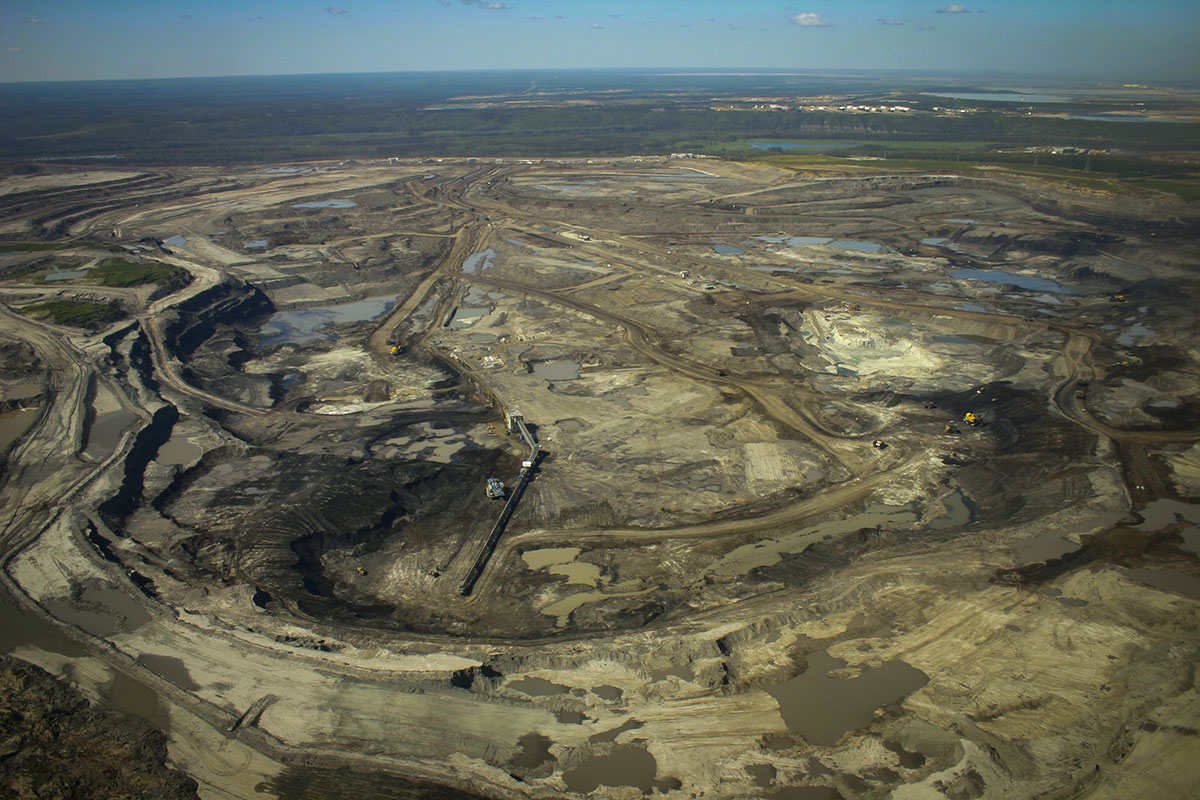
In February, the German environment ministry said it expected there was a 1.6% rise in greenhouse-gas emissions in Germany last year.įor the sake of the planet (and pocketbooks) here's hoping that other countries will soon join the fracking revolution and reduce the chances of significant problems from global warming. European carbon emissions fell 8% between 20, the latest year for which data are available. Other European utilities used more coal also, likely reversing a recent trend of carbon reductions. Generally, 2 to 8 million gallons of fracking fluid (water. The editors of the New York Post write on the latest. First, the process of obtaining fracked gas is extremely water-intensive. Fracking Harms NYs Tourism and Heritage By Greg Pollowitz April 18, 2012. So yea, space is cruel and showers us with cosmic hellfire and ice. Then, 470 million years ago, a small meteoroid shower again pelted us and potentially knocked our planet back into the frigid grip of another, smaller Ice Age.

He said as-yet unpublished figures for GDF will show an increase in emissions last year. Since 2018, Dairyland Power Cooperative and Minnesota Power have been pursuing the construction of a fracked gas power plant in Superior, Wisconsin, which puts a community and their access to clean water at risk. This stupendous disaster possibly kicked off the Cryogenian period, Earth's 100-million-year-long Ice Age. Gérard Mestrallet, chief executive of French power group GDF Suez SA, says that European utilities imported and burned that coal, raising carbon-dioxide emissions from power plants in Europe. has reduced its coal consumption, it has increased its coal exports to Europe, which rose 23% in 2012 from a year earlier, according to federal statistics. However, local and national environmental groups have turned decisively against shale gas based on both not-in-my-backyard concerns and the fear that cheap natural gas undermines the economic case for solar and wind power.Īmusingly, the perpetual self-righteous climate change scolds in Europe, some of whom have banned fracking, are increasing their imports of good old American coal. Originally, activists who worried about man-made global warming produced by burning fossil fuels that emit carbon dioxide favored fracking because burning natural gas produces about half the carbon dioxide emitted by coal.

For more background see my January column, " The Promised Land of Fracking," where I point out that rather than cheering the benefits of fracking, activists are instead booing:Įnvironmental activists, who once hailed natural gas as the bridge fuel to the renewable energy future, have turned with a vengeance against it. Today 45,000 fracked wells produce natural gas, providing energy for millions of homes and businesses, and. The methane issue is important since methane is a far more powerful greenhouse gas than is carbon, but emissions from natural gas production can be managed. Ten years ago, hydraulic fracturing barely existed. Natural gas emits half as much carbon dioxide as coal when used to make electricity, though the calculation fails to take into account the release of methane from natural-gas wells and pipelines, which also contributes to climate change.

Carbon-dioxide emissions account for nearly 84% of greenhouse-gas emissions, while methane-the main ingredient in natural gas-makes up 8.8%, according to a recent Environmental Protection Agency report. economy and increasing energy efficiency, have contributed to the decline in carbon emissions from factories, automobiles and power plants, many experts believe the switch from coal to natural gas for electricity generation has been the biggest factor. While other factors, including a sluggish U.S.

carbon-dioxide emissions have fallen dramatically in recent years, in large part because the country is making more electricity with natural gas instead of coal.Įnergy-related emissions of carbon dioxide, the greenhouse gas that is widely believed to contribute to global warming, have fallen 12% between 20 and are at their lowest level since 1994, according to a recent estimate by the Energy Information Administration, the statistical arm of the U.S. Journal reference: Science Advances, DOI: 10.1126/sciadv.At least that's what people who are worried about the possibility of catastrophic man-made global warming should realize. “This higher than average leak rate does suggest an opportunity to reduce emissions,” says Gautam. He says that oil and gas production has grown so fast in the Permian in the past five years that there isn’t enough infrastructure to gather all the methane. Ritesh Gautam at the US-based Environmental Defense Fund, part of the team behind the study, said the high leakage rates were due to excessive burning and venting of methane to the atmosphere. Launched in 2017, it started sending back data in 2018 that is much higher resolution than previous surveys and provides daily coverage. The new research, led by Yuzhong Zhang at Harvard University, analysed state of the art measurements of methane columns in the atmosphere taken over 11 months during 20 by the satellite-based TROPOMI system.


 0 kommentar(er)
0 kommentar(er)
